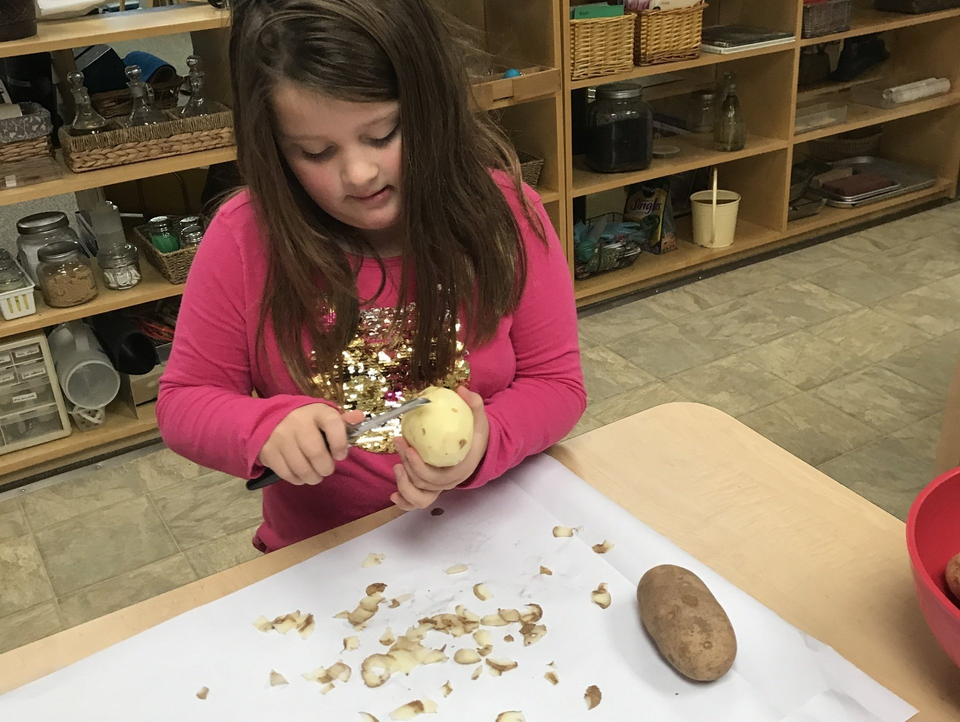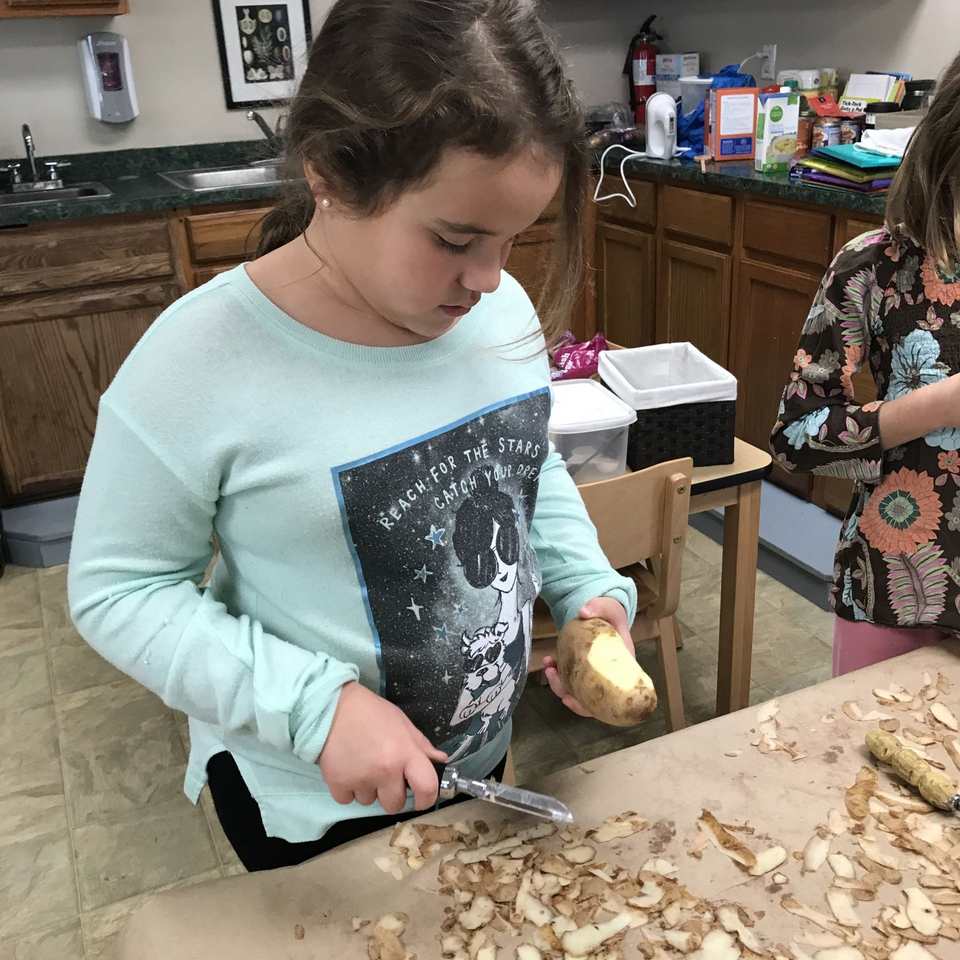Hidden Links Between Food and Learning
We all know that eating healthy can contribute to better energy, concentration, and just overall feeling great. But did you know there are specific foods that scientists are beginning to realize have a direct impact on brain function?

The Study
A recent study shows that two (of about 600) carotenoids have a surprisingly big impact on our brain’s ability to function well. Even better news? These two carotenoids (lutein and zeaxanthin) are found in many different colorful foods, are easy to find, and can be relatively inexpensive.
Lisa Renzi-Hammond and Billy Hammond conducted their research on a group of older adults and college-aged people. They had assumed that the college-aged people were at a point in their lives when they were experiencing peak brain function, and would likely have less dramatic results, therefore serving as a sort of unofficial control group. They were surprised to note that while the older adults showed the results they had expected, the younger adults showed a significant improvement as well. Both groups had taken carotenoid supplements for a year, with another standard control group taking a placebo. The placebo group showed no improvement.
Lutein and zeaxanthin (which are also great for eye health) are not abundant in today’s typical Western diets. The researchers state that most people are likely getting 1-2 milligrams per day, while humans long ago probably had many times that amount. You can boost your family’s intake to reap antioxidant and anti-inflammatory benefits, as well as to increase brain function.
Where to Find Them
The greatest source of lutein and zeaxanthin is from dark green vegetables. The antioxidants are actually much brighter (as in the other sources listed below), but the amount of chlorophyll in these plants hides their color. Some include broccoli, spinach, peas, and parsley, with kale containing the highest concentrations.
Brightly colored foods containing the antioxidants include kiwis, squash, honeydew, grapes, red peppers, orange juice, corn, and durum wheat. Egg yolks, while not plant-based, are another great source.
To increase absorption rates, eat these foods with some accompanying healthy fats. Consider using olive oil, coconut oil, or other fats to sauté, use in dressings, or use it with other foods in the same meal.
Recipes
Looking for simple ways to incorporate these ingredients into your family’s meals? Try this tasty recipe!
Greens and Beans Pasta
1 lb. pasta (spaghetti works well)
1 lb. fresh spinach
1 can garbanzo beans, drained and rinsed
2 cloves garlic, minced
½ small yellow or white onion, sliced thin
Olive oil
Parmesan cheese (optional)
Heat a large pot of water and begin cooking pasta when it’s at a boil. While the pasta is cooking, heat 2 tablespoons of olive oil in a large sauté pan or skillet. Cook onions until they begin to soften, then add the garlic and cook for 1 more minute. Add the fresh spinach and stir occasionally until it wilts the desired amount. Drain pasta and mix with the beans and ingredients in the sauté pan. Sprinkle with cheese if desired.
Here's a few more to try:
Roasted Lemon Garlic Broccoli
Fajita in a Bowl
Fruit & Mozzarella Skewers with Honey Lime Drizzle
We hope this post leaves you looking forward to some tasty, healthy, brain-boosting meals ahead! Have any other recipes you think we should add to the list? Let us know!
Sources:
https://www.wabe.org/uga-researchers-study-plant-pigments-common-colorful-and-really-good-for-your-brain/
https://www.healthline.com/nutrition/lutein-and-zeaxanthin#bottom-line



